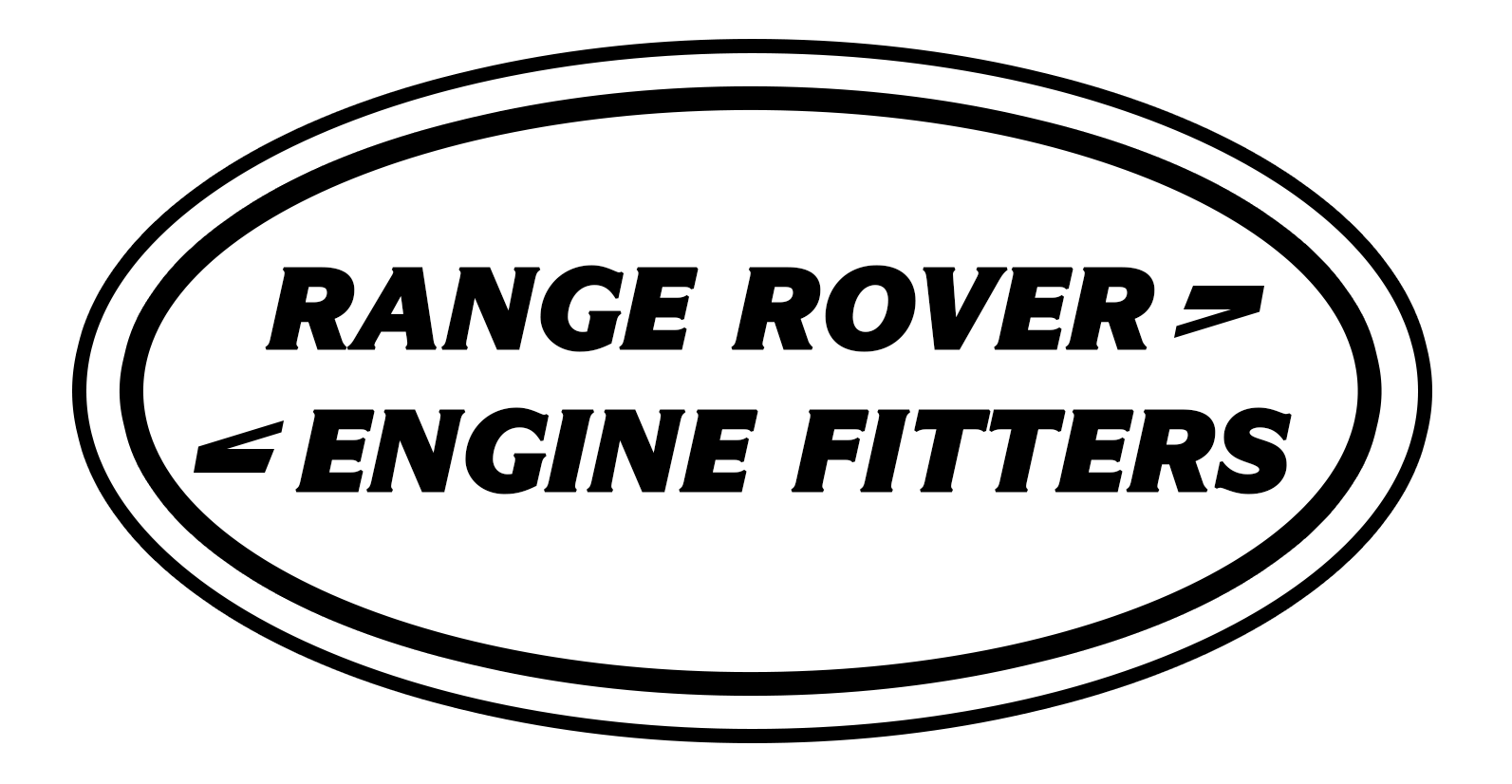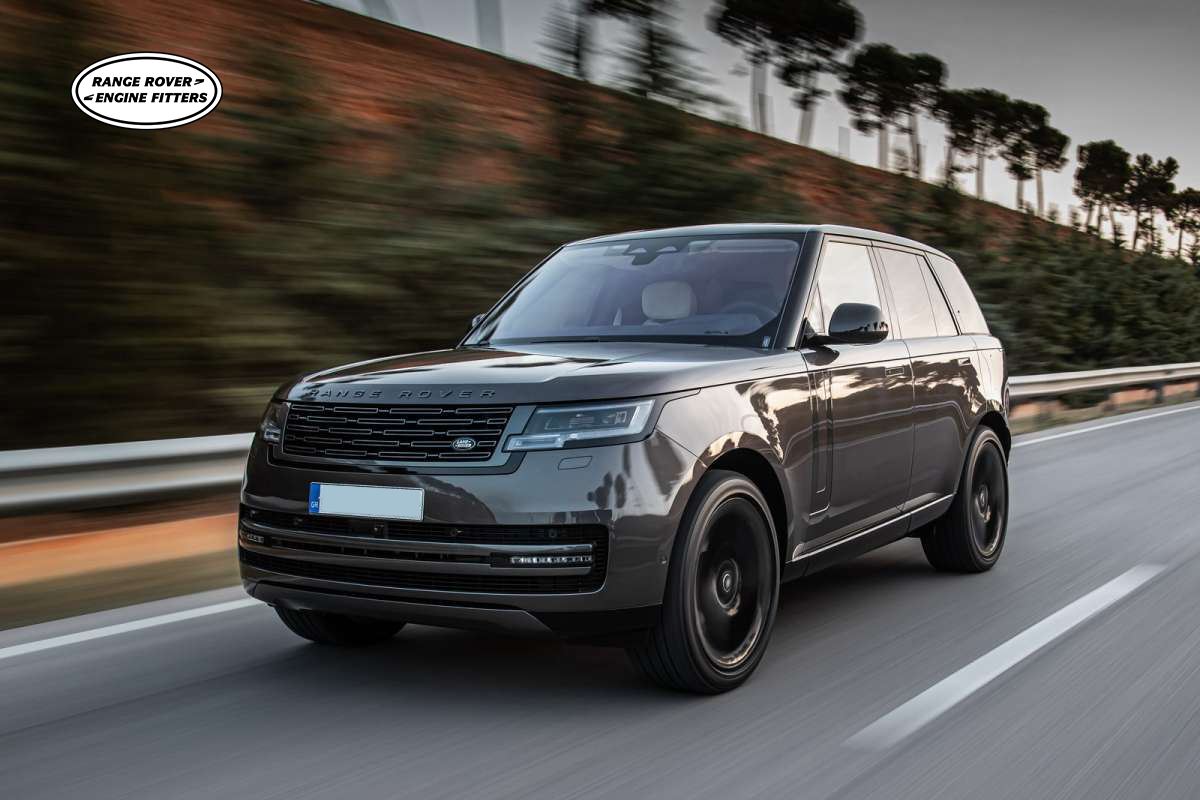Introduction
In the ever-evolving landscape of automotive engineering, the pursuit of enhanced fuel efficiency stands as a paramount goal. This quest is not just about reducing carbon emissions or conserving resources; it’s also about meeting consumer demands for vehicles that offer both power and economy. One such exemplar of this endeavor is the Range Rover 2.0 Engine, which integrates a suite of technological advancements to achieve notable improvements in fuel efficiency. We delve into the intricacies of these innovations and their impact on the venerable Range Rover.
Turbocharging and Downsizing
At the heart of the Range Rover 2.0 engine lies the strategy of turbocharging and downsizing. By employing smaller displacement engines equipped with turbochargers, Land Rover achieves the dual objectives of power and efficiency. Turbocharging effectively boosts engine power output without increasing displacement, thereby enhancing fuel efficiency by extracting more energy from each unit of fuel burned. This strategy allows the Range Rover to deliver the performance expected of a luxury SUV while consuming less fuel compared to larger, naturally aspirated engines.
Direct Fuel Injection
Another pivotal advancement in the Range Rover 2.0 engine is the implementation of direct fuel injection technology. Unlike conventional port fuel injection systems, which inject fuel into the intake manifold before reaching the combustion chamber, direct injection delivers fuel directly into the cylinder. This precise delivery of fuel enables better control over the air-fuel mixture, resulting in more efficient combustion and improved fuel economy. Additionally, direct injection facilitates higher compression ratios, further optimizing engine efficiency without sacrificing performance.
Variable Valve Timing (VVT)
Variable Valve Timing (VVT) is a sophisticated technology integrated into the Range Rover engine Fitters to enhance both power delivery and fuel efficiency across a broad range of operating conditions. By adjusting the timing of the intake and exhaust valves in response to engine speed and load, VVT optimizes airflow and combustion efficiency. During low-speed driving or cruising, VVT can delay the closing of the intake valve to enhance air intake and improve fuel economy. Conversely, at higher engine speeds, it adjusts valve timing for optimal performance, ensuring a balance between power and efficiency.
Cylinder Deactivation
Cylinder deactivation is a groundbreaking feature employed in the Range Rover 2.0 engine to further optimize fuel efficiency during light-load driving scenarios. This innovative technology allows the engine to seamlessly transition between full and partial cylinder operation based on demand. During highway cruising or low-demand situations, such as coasting or idling, the engine can deactivate specific cylinders to reduce fuel consumption. By operating on fewer cylinders when power requirements are low, cylinder deactivation minimizes pumping losses and improves overall engine efficiency without compromising performance.
Lightweight Materials and Aerodynamics
In the relentless pursuit of fuel efficiency, Land Rover has not only focused on enhancing engine technology but also on reducing vehicle weight and improving aerodynamics. The use of lightweight materials such as aluminum in the construction of the Range Rover’s body and chassis helps to decrease overall vehicle mass. This reduction in weight contributes to improved fuel economy by requiring less energy to propel the vehicle. Additionally, aerodynamic enhancements such as active grille shutters and underbody panels minimize drag, further optimizing fuel efficiency at higher speeds.
Hybridization and Electrification
In response to shifting consumer preferences and regulatory pressures, Land Rover has introduced hybrid and electrified variants of the Range Rover equipped with advanced powertrain technologies. Hybridization combines the internal combustion engine with electric motors to enhance fuel efficiency and reduce emissions. Through regenerative braking and electric assist, hybrid systems recover energy that would otherwise be lost during deceleration and use it to supplement engine power during acceleration, resulting in significant fuel savings, particularly in urban driving conditions.
Engine Management Systems
Central to the operation of the Range Rover 2.0 engine’s advanced technologies is a sophisticated engine management system. This intricate network of sensors, actuators, and control units continuously monitors various parameters such as engine speed, load, temperature, and ambient conditions to optimize performance and efficiency in real-time. By precisely adjusting fuel delivery, ignition timing, and other critical parameters, the engine management system ensures that the engine operates at peak efficiency under all driving conditions, maximizing fuel economy without compromising drivability or reliability.
Continuous Research and Development
The pursuit of improved fuel efficiency is an ongoing journey for automotive manufacturers like Land Rover. As such, the Range Rover 2.0 engine represents the culmination of extensive research, development, and innovation aimed at pushing the boundaries of efficiency and performance. Through continuous refinement and iteration, Land Rover remains committed to advancing the state of the art in automotive engineering, ensuring that future iterations of the Range Rover will continue to set new benchmarks for fuel efficiency and sustainability in the luxury SUV segment.
Conclusion
In conclusion, the Range Rover 2.0 engine stands as a testament to the ingenuity and dedication of Land Rover’s engineers in their quest for enhanced fuel efficiency. By leveraging a combination of turbocharging, direct fuel injection, variable valve timing, cylinder deactivation, lightweight materials, aerodynamics, hybridization, electrification, and sophisticated engine management systems, Land Rover has achieved remarkable improvements in fuel economy without compromising the performance or luxury expected of the Range Rover brand. As automotive technology continues to evolve, the Range Rover remains at the forefront of innovation, setting new standards for efficiency, sustainability, and driving pleasure in the luxury SUV market.

